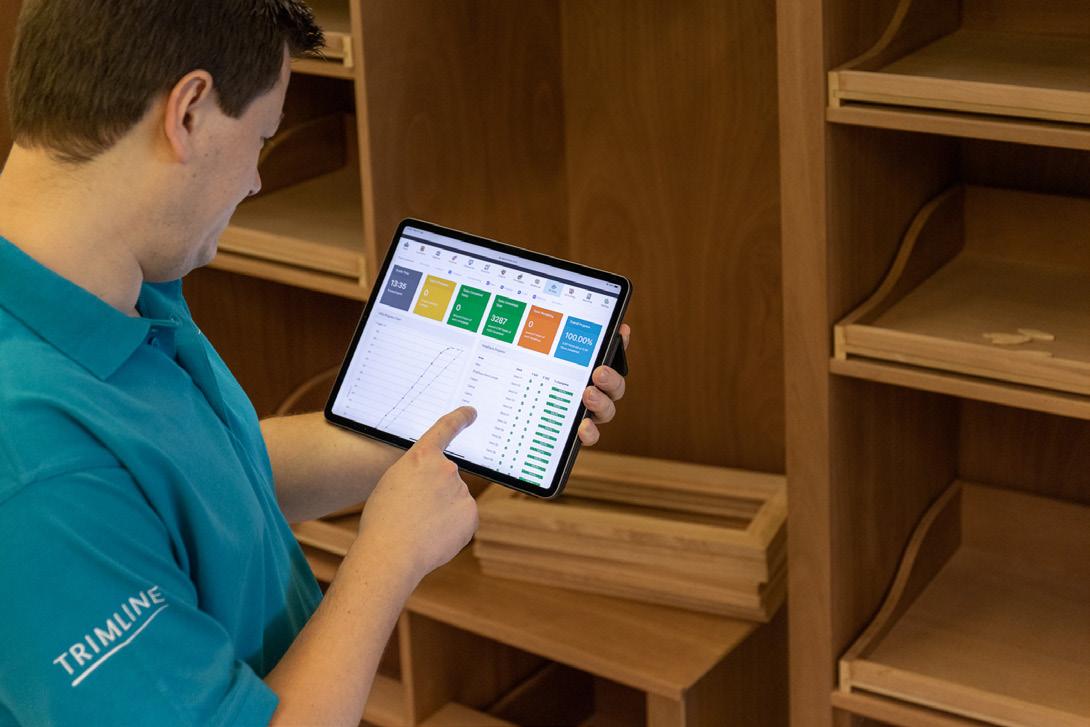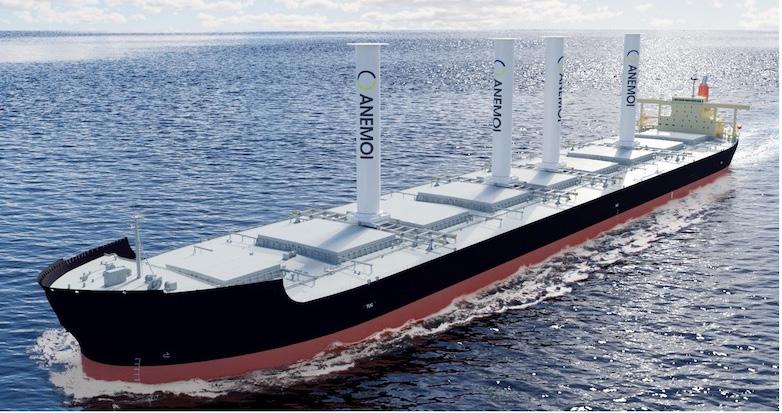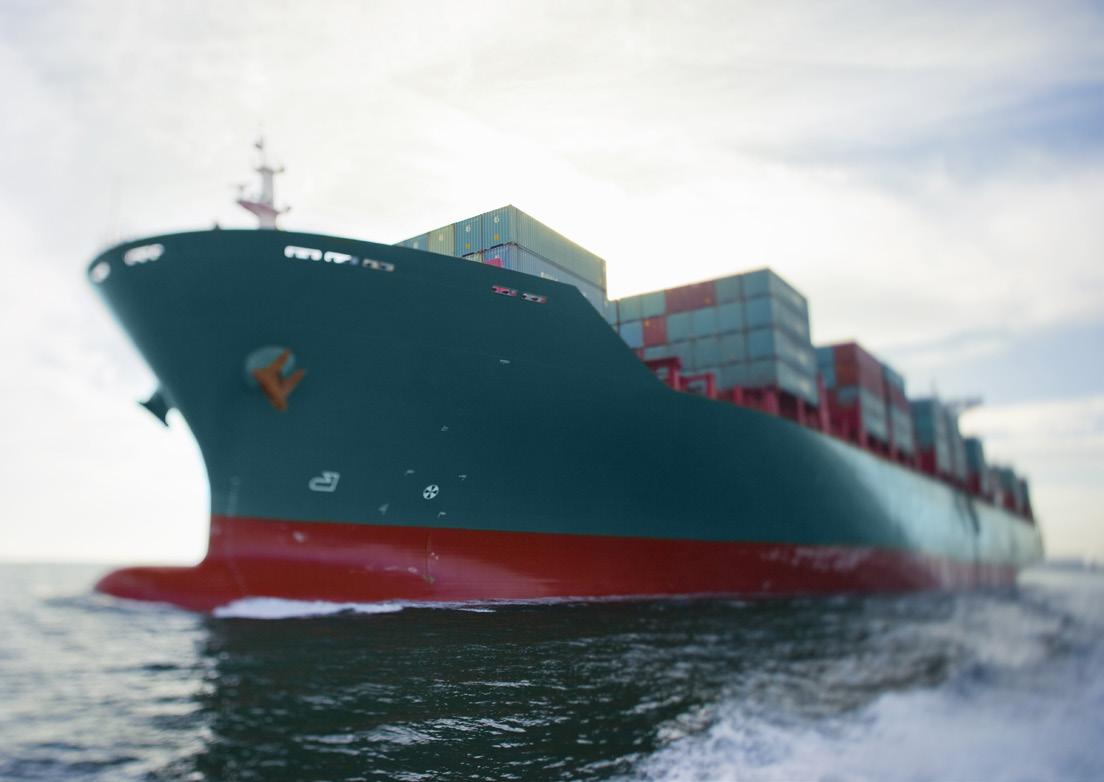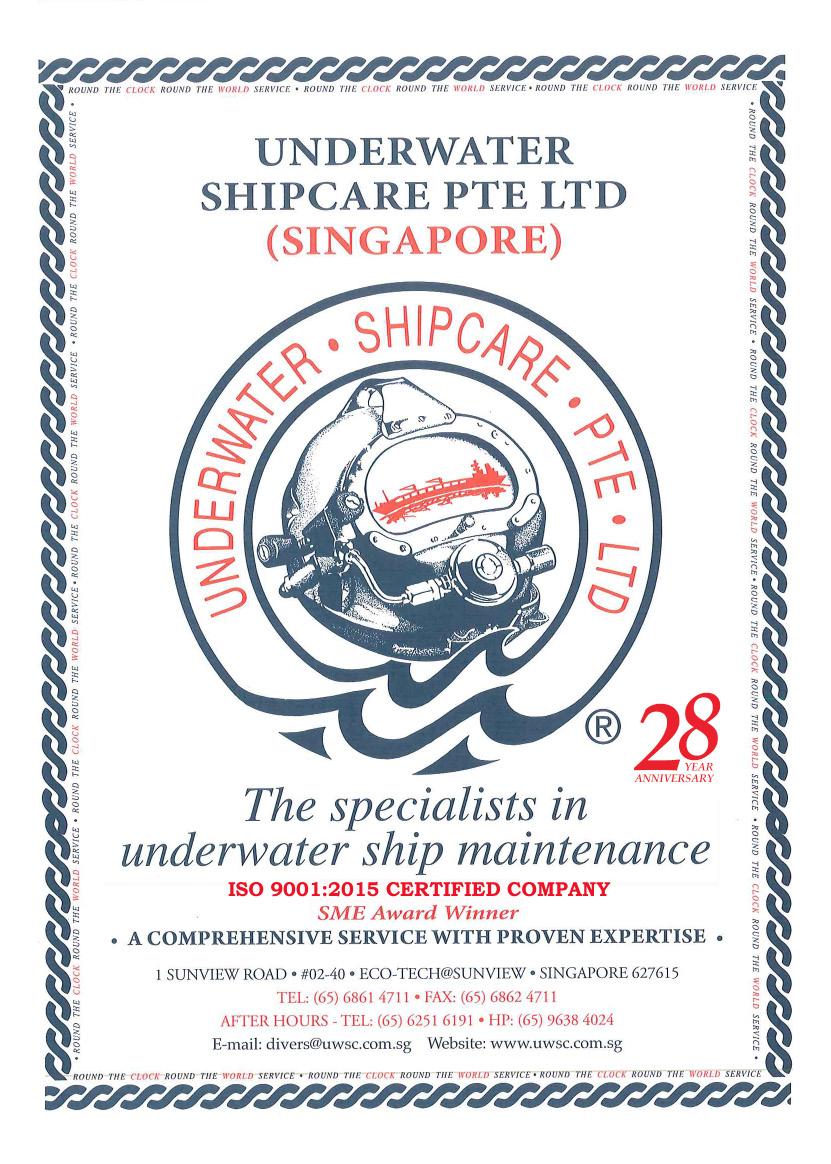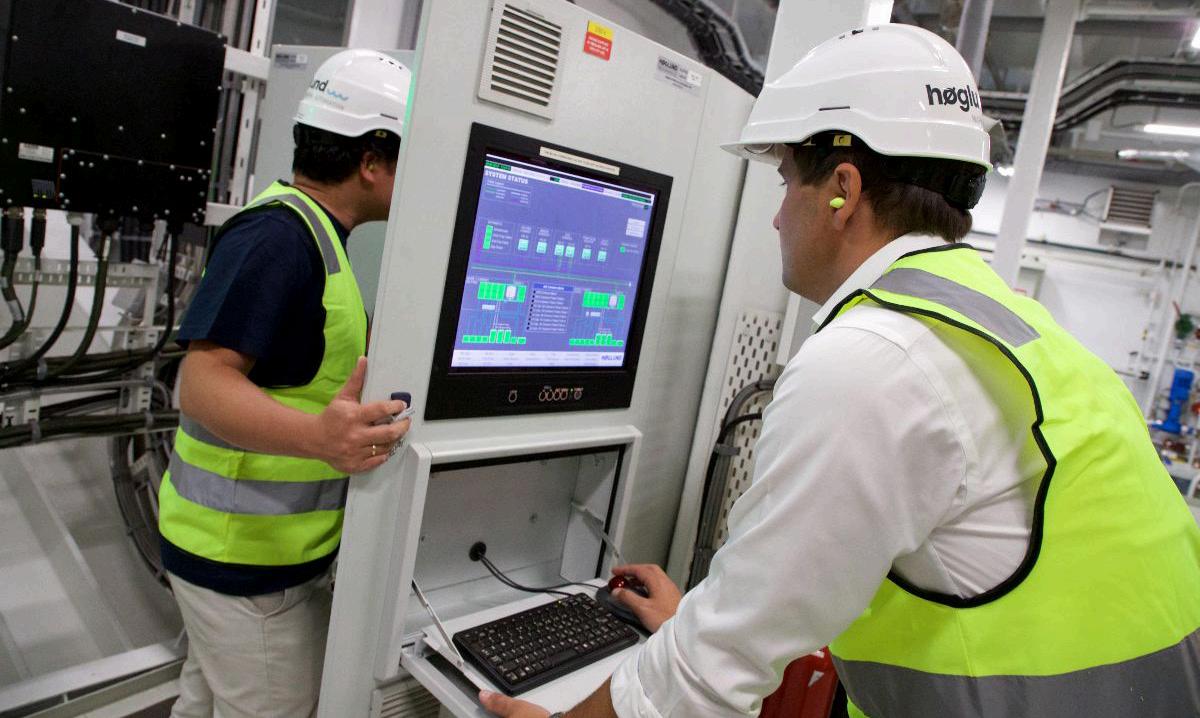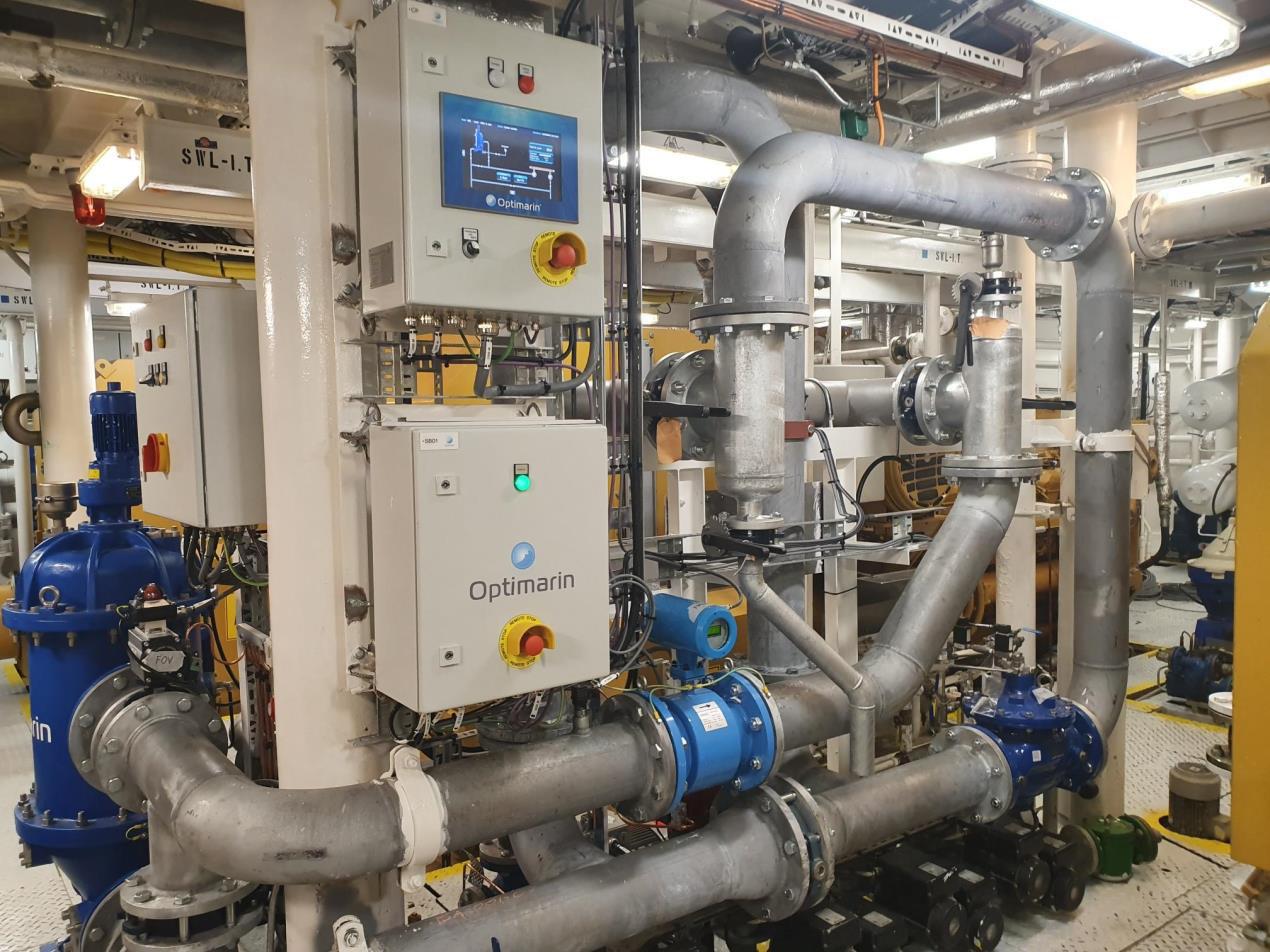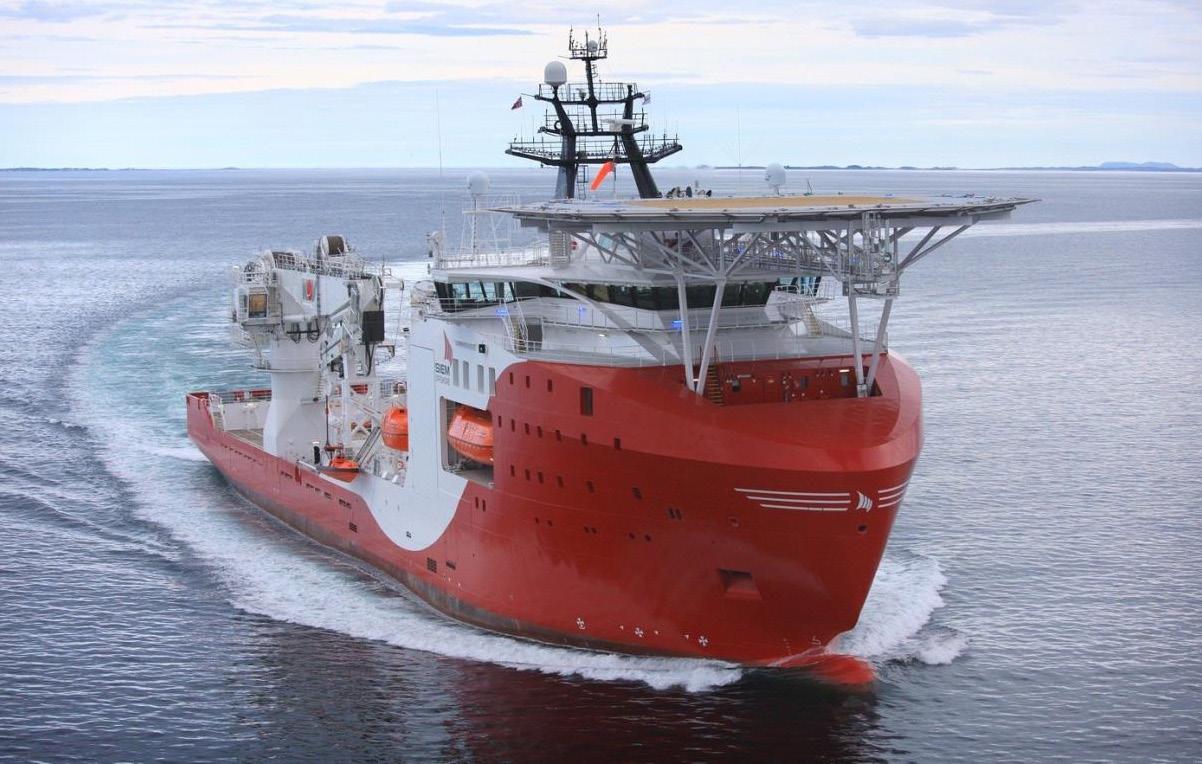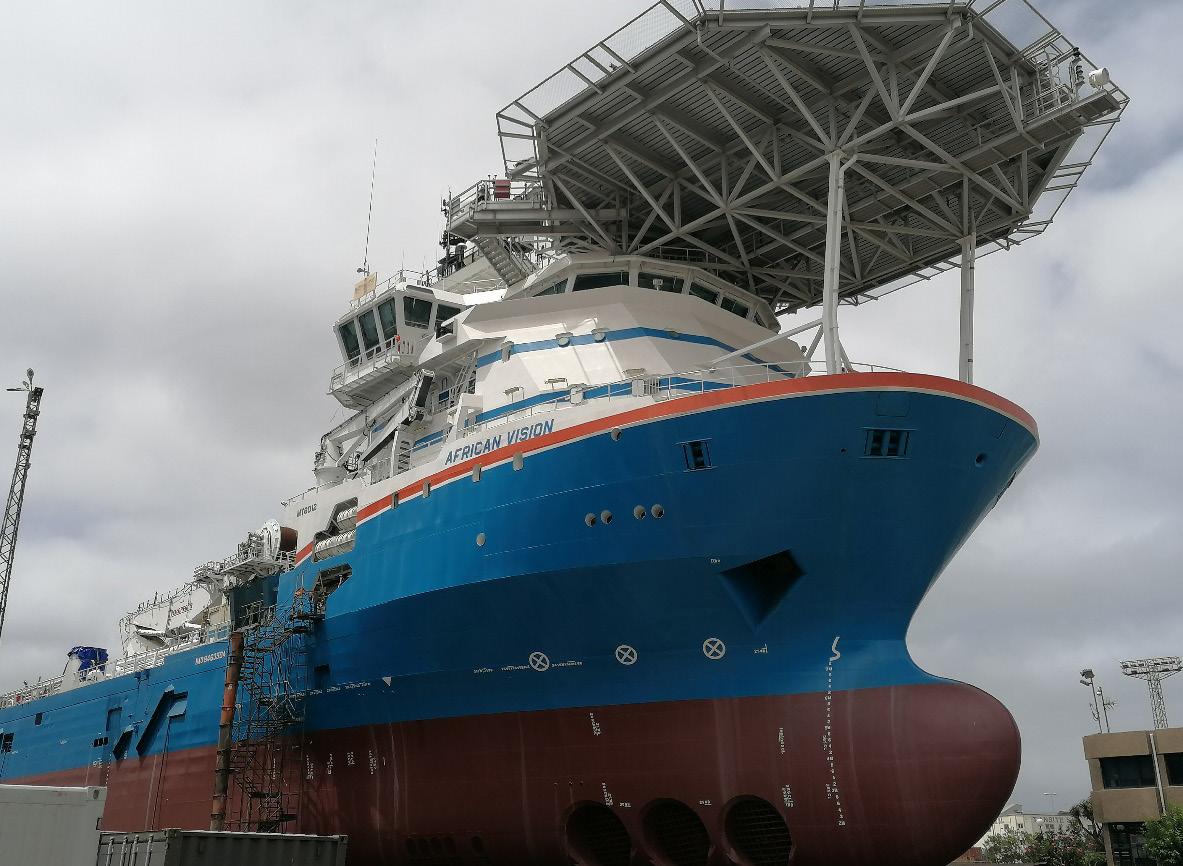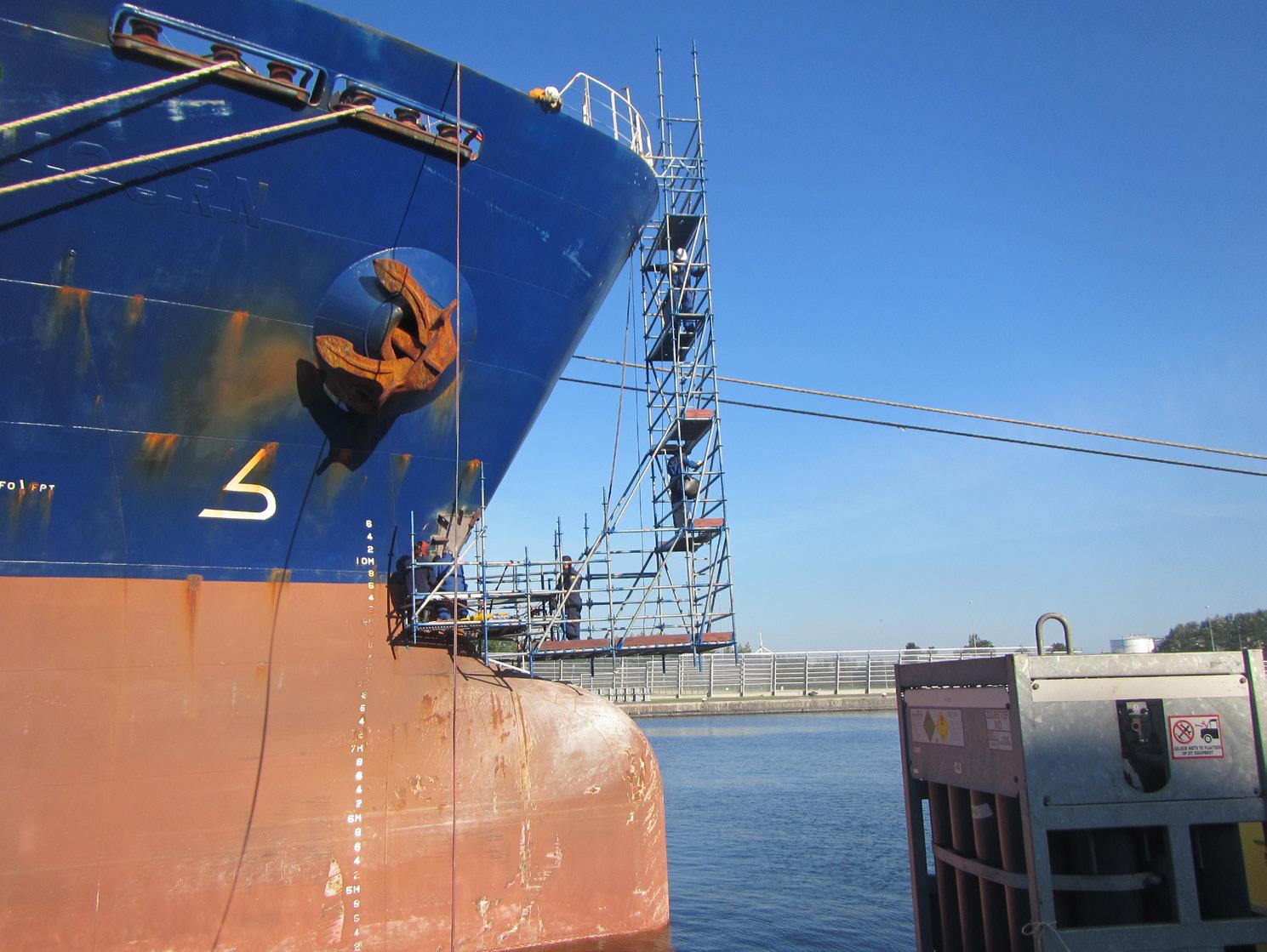Machinery
The Berg Twin Fin system
Yaskawa/The Switch refits the Polarcus Naila Finland’s Yaskawa Environmental Energy/The Switch’s co-operation with the system integrator, Sweden’s Berg Propulsion, on its Twin Fin dieselelectric direct-drive solution is a great example of a win-win partnership at a time when collaboration between OEMs and suppliers is critical in providing greener power solutions to reduce emissions from shipping while ensuring long-term gains for owners. The Twin Fin is currently being installed in a self-unloading bulker being built in China and featuring a large internal MaK-powered variable-speed plant to meet high energy demand for propulsion, cargo handling and other vessel operations. The Switch is delivering permanent magnet (PM) propulsion machines, PM generators, DC-Hubs, Electronic Bus Links (EBLs) and Electronic DC Breakers (EDCBs) for the vessel as part of the environmentally friendly concept, for which Berg has a patent pending. Twin Fin provides both increased cargo capacity usually associated with thrusters and the reliability and safety afforded by conventional propellers. Delivering higher thrust performance but with decreased energy consumption and emissions - it’s a real gamechanger for the industry offering superior efficiency and reliability. And reliability means optimal uptime. Jonas Nyberg, Managing Director West, Berg Propulsion said that Twin Fin is tougher, as the motor is in a safer location than podded propulsors, where motors are directly in the pod. Twin Fin is like an advanced version of the twin-skeg forming an integrated part of the hull. Putting the machinery space in the fins also allows greater flexibility in hull design. “Electrical podded propulsors may have a
higher degree of manoeuvrability but are less efficient than our solution due to the inherently high rpms and small propeller diameter. Azipod electrical podded propulsors are also less robust. Our solution is more cost effective, while the fins are also more hydrodynamic than bulbous pods.” In addition, almost all maintenance can be performed with the ship in the water. Nyberg notes that a key disadvantage of electrical podded propulsors is that the units can rotate 360°. This puts limitations on the maximum propeller diameter. But with Twin Fin, there’s no restriction on propeller size. Propeller size is directly linked to efficiency – the larger, the better. It gives the freedom both to optimally position the propellers and have an enormousdiameter propeller. Berg selected The Switch’s technology to ensure peak performance. There’s also the significance of direct drive versus the traditional gearbox concept. This is where The Switch’s highly efficient PM motors – which capture electrical energy and convert it into green mechanical power – really come into their own as integrated parts of the concept. Traditional diesel-electric drive trains have a linear motor-gearbox-propeller shaft arrangement with a lot of mechanical components but using a compact directdrive PM motor eliminates the gearbox and the need to drive the propeller shaft directly. The PM motor stator is fixed to the hull, fully surrounding the rotor with only an air gap in between. This drastically reduces the number of components required, and that reduces the risk of mechanical issues. Along with the PM generators, the drive train contains the bare minimum of moving parts. Twin Fin is also designed to be easily retrofitted with limited downtime. “The Twin Fin units are prefabricated, allowing rapid
Page 24 – www.shipandoffshorerepair.com
installation. It took just 45 days for us to retrofit the first installation on the seismic survey vessel Polarcus Naila,” says Nyberg. “Seismic vessels are a demanding application with full power needed 24/7 - without it, your streamers sink to the bottom. Whereas the owner had previously had reliability issues with another propulsion maker’s azimuth propellers, with our solution, we increased efficiency by over 25%.” Although Nyberg believes there will still be room in the market for electrical-pod concepts, he is confident Berg can capture the market where reliability and efficiency are paramount. The role of emissions, legislation and financial stability is focusing industry awareness on the importance of ship design and earlystage equipment selection in lowering OpEx. Whereas before, there were practically no rules governing design for environmental efficiency, and most time and energy went into the true purpose of the vessel in terms of cargo factors, now we have EEDI/EEXI applying both to new and old ships. Shipping is rapidly embracing this change with more time, energy and CapEx being invested at the outset to ensure an efficient product. Nyberg notes the efficiency difference of a brand-new optimised ship versus a vessel built even five or 10 years ago is in the double digits. “Projects like our direct-drive solution are key building blocks in the drive to enable a more responsible, sustainable and profitable industry, and I certainly believe the future belongs to efficient, space-saving technologies like The Switch’s PM machines and DC-Hub, with or without Twin Fin,” he says.
Vroon contract for Berg Propulsion A recent retrofit to optimise a containership’s propeller blade design has brought performance and fuel efficiency gains that are measurable in real-world conditions. Holland’s Vroon recently approached Berg Propulsion to investigate the possibility of optimising the propulsion system on its containership Indian Express, fitted with a controllable pitch propeller originally manufactured by ZF. The aim was to secure the sustainability benefits available through greater ship efficiency, as part of Vroon’s continuing strategy to find the best practical answers to lowering CO2 emissions, ahead of IMO’s Energy Efficiency Ship Index (EEXI) and Carbon Intensity Indicator (CII). The work was carried out in Suez Shipyard, Egypt.

